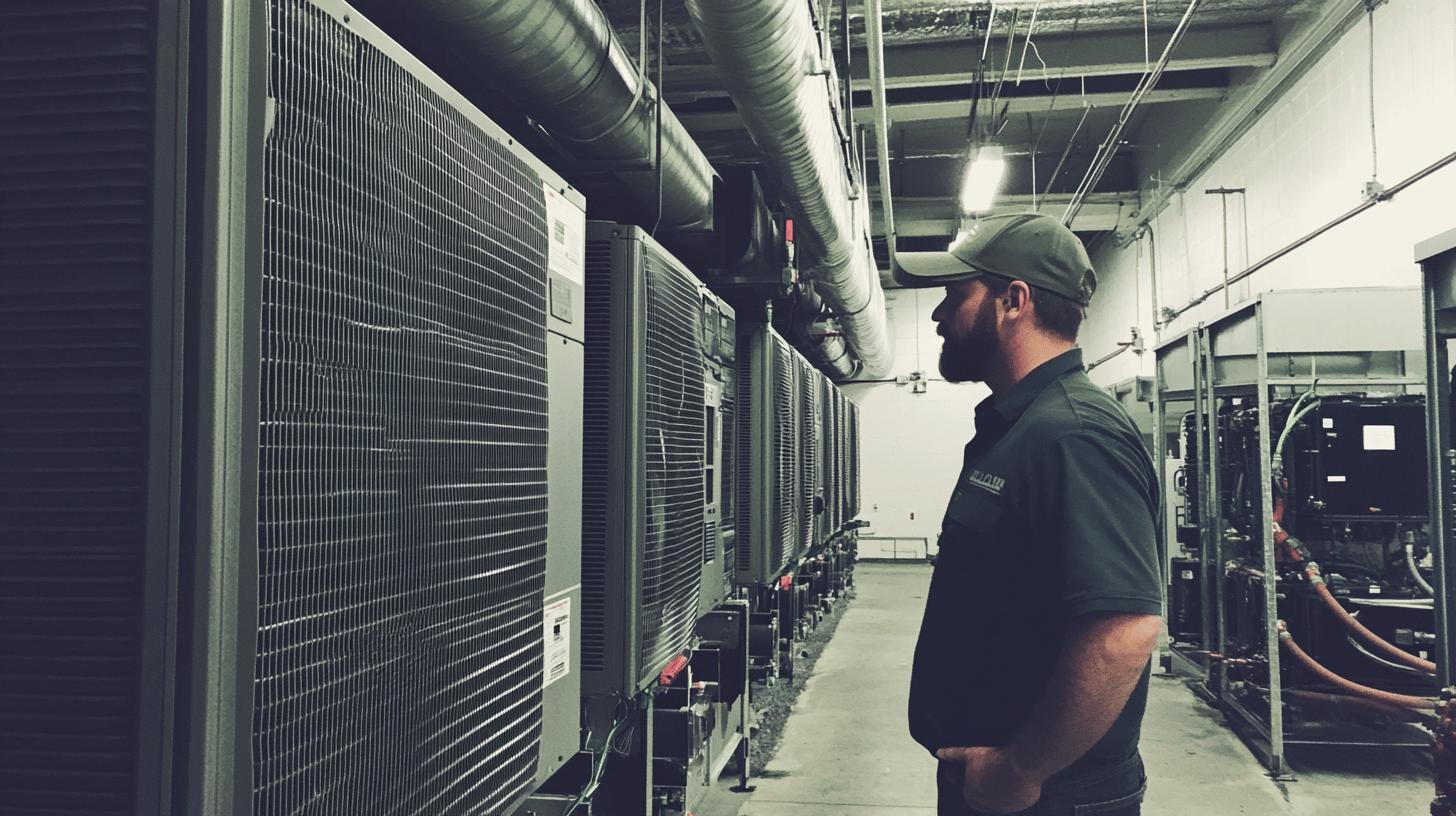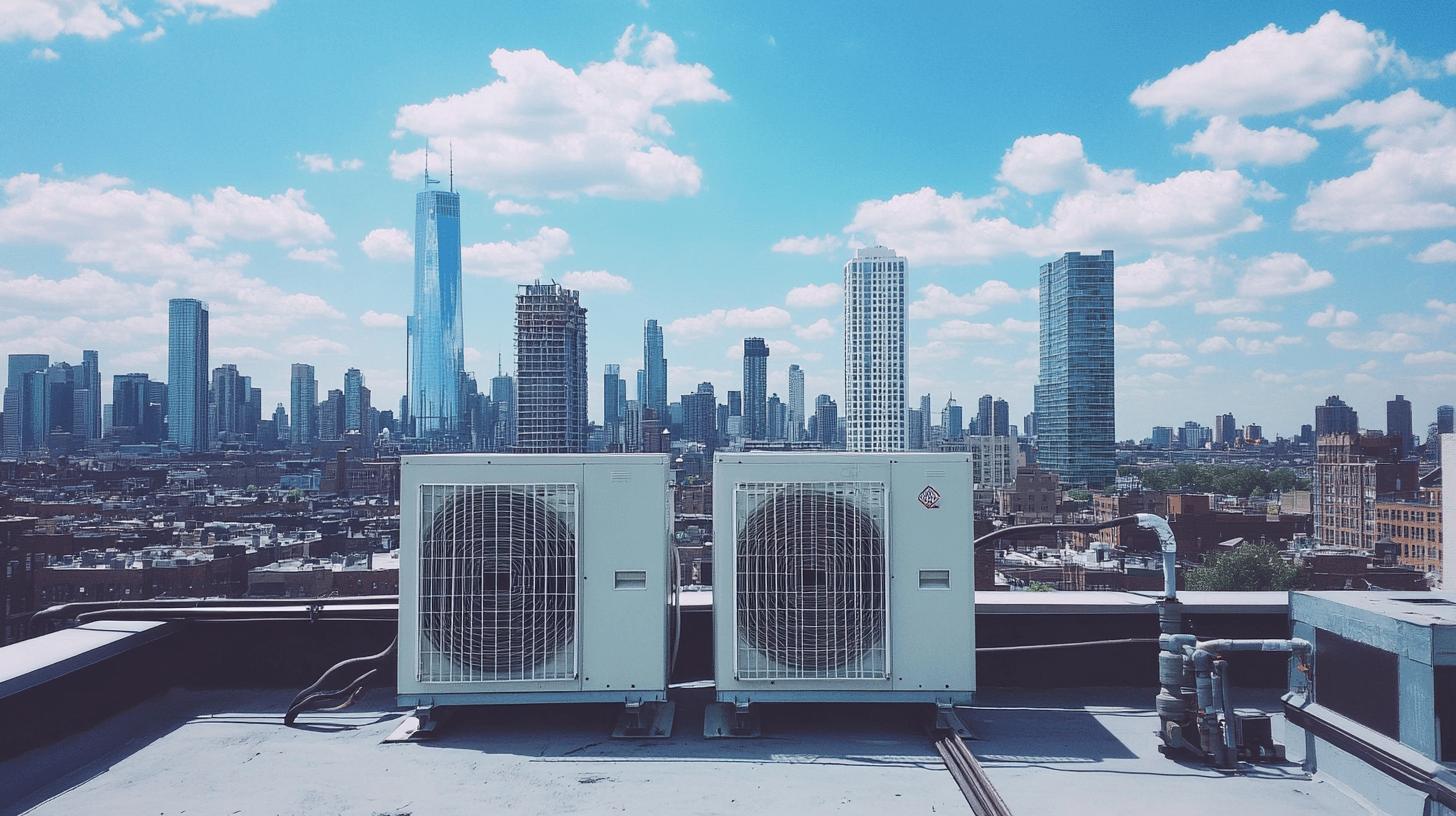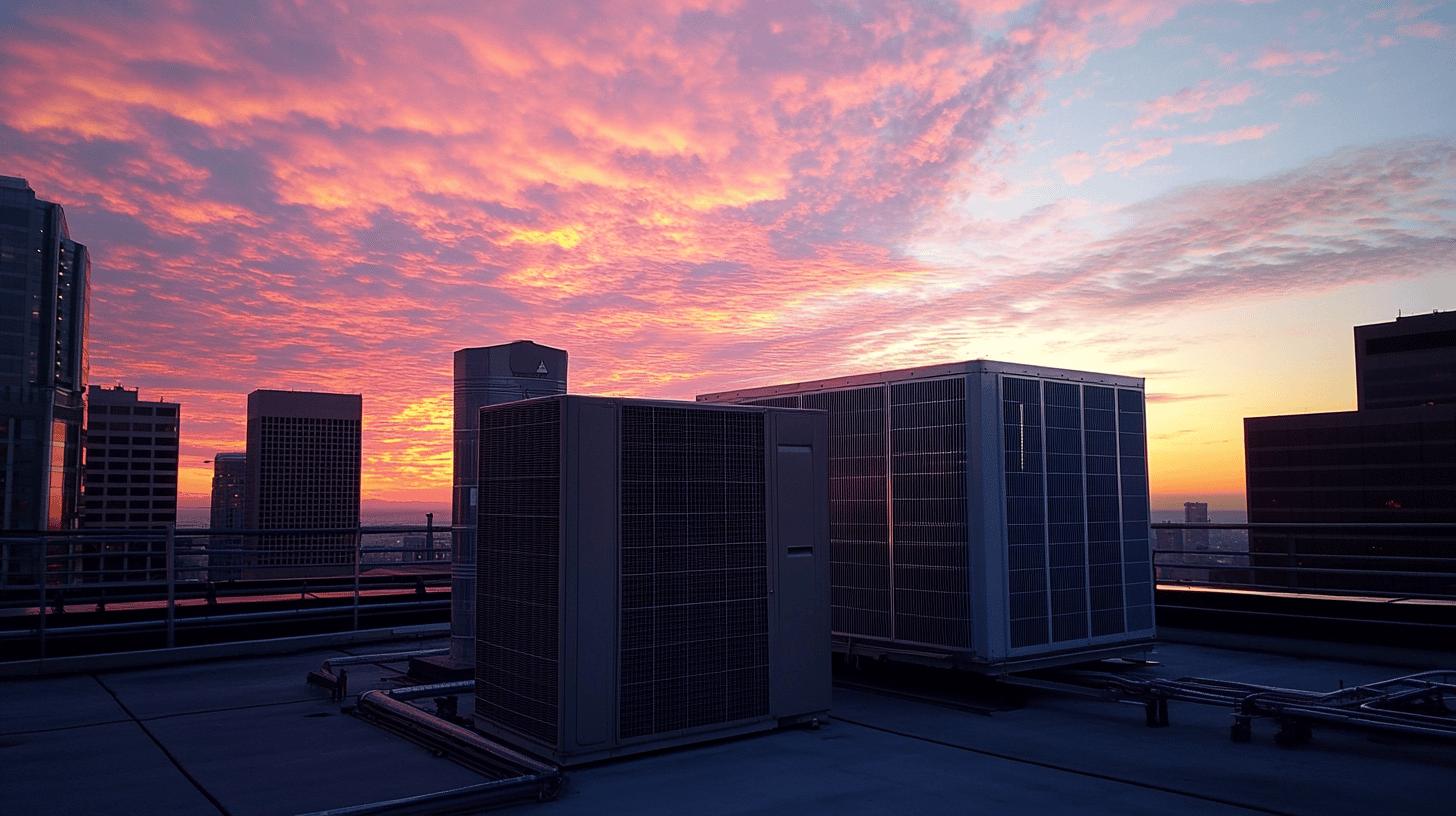When it comes to knowing the difference between HVAC and VRF systems, it can be as distinct as night and day. Have you ever wondered how these systems truly stack up against each other in terms of efficiency and functionality? This article dives into the core of HVAC and VRF technologies, unraveling their unique features and how they cater to varying needs. Whether you’re looking to optimize climate control in your home or commercial space, understanding these systems’ key distinctions will guide you in making a well-informed choice. Let’s explore the essential insights into HVAC and VRF systems.
Understanding HVAC and VRF Systems
HVAC stands for Heating, Ventilation, and Air Conditioning. These systems control the climate inside buildings by managing temperature, humidity, and air quality. They use a network of ducts to distribute air. Important parts of an HVAC system include an air conditioner, furnace, heat pump, and ductwork. These elements work together to keep indoor spaces consistently comfortable.
On the other hand, VRF, or Variable Refrigerant Flow systems, offer a more advanced climate control option. Unlike standard HVAC systems, VRF technology allows for exact control over refrigerant flow to several indoor units from one outdoor unit. This setup provides specific temperature settings for different areas. VRF systems use refrigerant piping instead of ducts, offering more flexibility.
- Core Components of HVAC Systems:
- Centralized ductwork
- Air conditioner
- Furnace
- Heat pump
- Ventilation ducts
- Core Components of VRF Systems:
- Refrigerant piping
- Outdoor unit
- Multiple indoor units
- Modulating compressor
- Zone-specific controllers
Operational Functionalities: HVAC vs VRF

HVAC systems operate with a fixed refrigerant flow, meaning the refrigerant amount remains constant, regardless of different climate needs within a building. Controlled by a single thermostat, these systems maintain a uniform climate, ideal for spaces where consistent temperature is crucial but might miss specific zone needs.
In contrast, VRF systems provide a dynamic climate control approach. They adjust refrigerant flow to match each zone’s climate requirements within a building. This allows for simultaneous heating and cooling, offering tailored climate control. Multiple indoor units linked to one outdoor unit operate independently, with zone-specific controllers for precise temperature regulation. This flexibility suits buildings with varying occupant patterns or needs.
Installation and Maintenance Considerations
Installation of HVAC versus VRF systems differs significantly in complexity and cost. VRF systems require a more intricate setup due to their advanced technology, often leading to higher initial costs. Their reliance on refrigerant piping demands skilled technicians. HVAC systems, however, involve simpler setups, with centralized ductwork and standard components, often resulting in lower upfront costs.
Maintenance needs also vary. HVAC systems usually require simple maintenance, like changing filters, cleaning ducts, and checking the furnace or air conditioner. General technicians or homeowners can handle these tasks. Conversely, VRF systems need specialized maintenance due to their sophisticated design. This could lead to higher costs as expert service providers may charge more.
- HVAC Maintenance Tasks:
- Regular filter replacement
- Ductwork cleaning and inspection
- Furnace inspection
- Air conditioner coil check
- Thermostat monitoring
- Ensuring clear ventilation ducts
- VRF Maintenance Tasks:
- Refrigerant level and flow check
- Unit connection inspection
- Indoor unit filter and coil cleaning
- Controller testing
- Modulating compressor service
- System diagnostics
Energy Efficiency and Cost Analysis

VRF systems are known for their superior energy efficiency, crucial in modern climate control solutions. They precisely adjust refrigerant flow to each indoor unit based on zone needs, reducing unnecessary energy use. This feature, coupled with simultaneous heating and cooling, enhances VRF efficiency, making it ideal for buildings with various environmental requirements.
In cost comparisons, HVAC systems often have lower upfront costs due to their simpler setup with fixed refrigerant flow. However, they might incur higher running costs due to less efficient energy use. VRF systems generally involve a higher initial cost because of advanced technology and complex installations. Despite this, their energy efficiency can lead to long-term savings, making them a cost-effective choice over time.
- Cost-Benefit Insights:
- VRF systems save energy long-term despite higher initial costs.
- HVAC systems are cheaper to install but may lead to higher operating expenses.
- VRF adapts to specific zone needs, reducing energy use.
- VRF systems may balance initial costs with future savings.
Applications and Use Cases
HVAC systems are common in residential and small commercial settings, which often need uniform temperature control. Homes rely on them for consistent climates, while small businesses benefit from straightforward setups and operations.
VRF systems shine in larger commercial spaces demanding varied climate control. They offer precise temperature settings across multiple zones, suiting environments like hotels needing individual room controls and office buildings with changing occupancy. Their technology optimizes comfort and cost in complex climate settings.
- HVAC Use Case Scenarios:
- Homes with uniform climate needs
- Small retail shops
- Standard office spaces
- Restaurants with centralized control
- Small warehouses need consistency.
- VRF Use Case Scenarios:
- Hotels with individual room controls
- Large offices with varied patterns
- Hospitals with specific department needs
- Residential buildings with diverse preferences
- Schools with distinct zones
Environmental and Technological Impacts

Choosing between HVAC and VRF systems involves environmental considerations. HVAC systems, with fixed flow and centralized control, often use more energy, which can lead to higher emissions. In contrast, VRF systems, with variable flow, target specific building zones, using less energy and reducing their environmental impact.
VRF systems are technologically advanced, offering features that boost efficiency and comfort. Multiple zone control, modulating compressors, and refrigerant piping allow precise climate management, reduce complexity, and offer design flexibility. These advancements reduce environmental footprints compared to traditional HVAC systems.
| Feature | Impact |
|---|---|
| HVAC Systems | Higher energy use, increased environmental impact. |
| VRF Systems | Efficient with variable flow and zone control, enhancing sustainability. |
Final Considerations: Choosing Between HVAC and VRF
User preferences in comfort and control impact choices between HVAC and VRF systems. VRF systems offer precise control for personalized comfort, ideal for multi-zone buildings. Their advanced features suit those valuing flexible climate options. HVAC systems, simpler and consistent, appeal to users preferring uniform temperature control.
Financial considerations are also crucial. HVAC systems typically have lower initial costs, but VRF systems can save more long-term due to energy efficiency. VRF systems, despite higher upfront costs, might lower future utility bills. Analyzing immediate budget against potential savings helps in decision-making.
- Key Decision-Making Factors:
- Zoning flexibility and individual control
- Initial cost vs. long-term savings
- Building size and climate complexity
- Preference for simplicity or advanced tech
Final Words
Examining the difference between HVAC and VRF systems reveals key insights into their unique functionalities and applications. HVAC systems offer straightforward climate control suitable for residential use, while VRF systems excel in larger commercial environments with advanced zoning capabilities.
When deciding between these systems, consider factors such as installation costs, maintenance needs, and energy efficiency. VRF systems may provide long-term savings despite higher initial costs due to their advanced technology.
In making an informed choice, assess your specific heating and cooling requirements. Embrace an energy-efficient solution tailored to your needs to ensure comfort and sustainability.
FAQ
What are HVAC and VRF systems?
HVAC systems regulate indoor climate by controlling temperature, humidity, and air quality using ductwork. VRF systems adjust refrigerant flow, offering precise temperature control through multiple indoor units connected to outdoor units.
How do HVAC and VRF systems operate differently?
HVAC uses fixed refrigerant flow with a single control, ideal for uniform climates. VRF adjusts flow to match each zone’s heating/cooling needs, permitting simultaneous heating and cooling.
What are the installation and maintenance considerations for HVAC and VRF systems?
VRF installations are complex and costly due to advanced technology, while HVAC installations are simpler. VRF demands specialized maintenance, whereas HVAC has basic maintenance requirements.
How do HVAC and VRF systems compare in energy efficiency and costs?
VRF offers higher energy efficiency and potential energy bill savings. HVAC has lower upfront costs but higher operating costs.
Where are HVAC and VRF systems best applied?
HVAC suits residential and small commercial spaces, whereas VRF fits large commercial buildings, allowing varied temperature settings in different zones.

